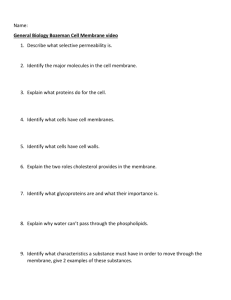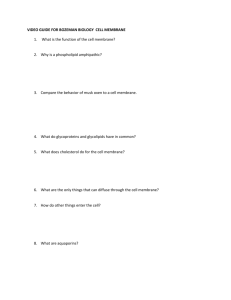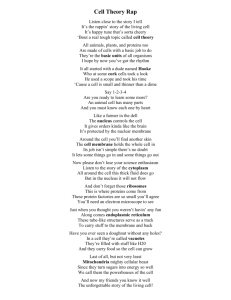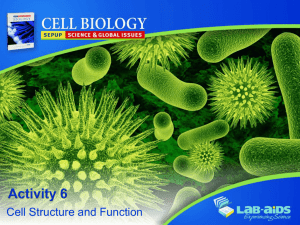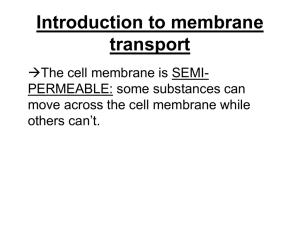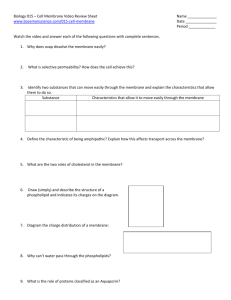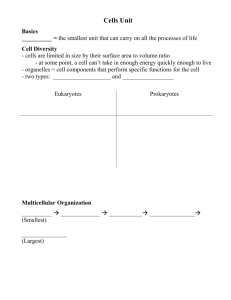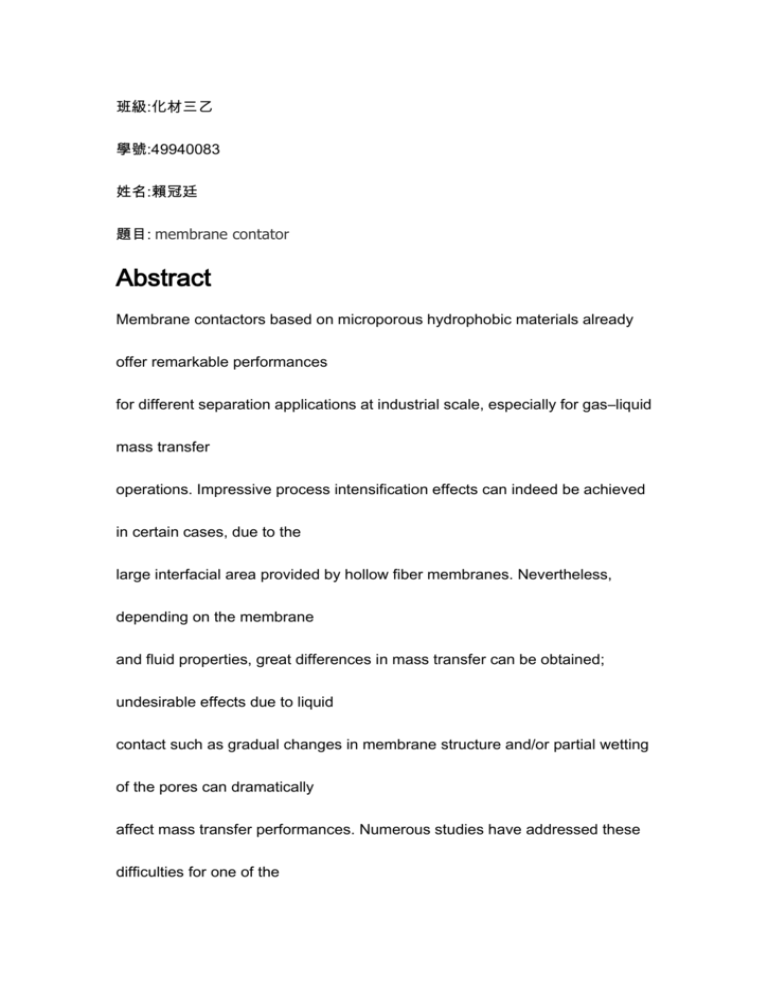
班級:化材三乙
學號:49940083
姓名:賴冠廷
題目: membrane contator
Abstract
Membrane contactors based on microporous hydrophobic materials already
offer remarkable performances
for different separation applications at industrial scale, especially for gas–liquid
mass transfer
operations. Impressive process intensification effects can indeed be achieved
in certain cases, due to the
large interfacial area provided by hollow fiber membranes. Nevertheless,
depending on the membrane
and fluid properties, great differences in mass transfer can be obtained;
undesirable effects due to liquid
contact such as gradual changes in membrane structure and/or partial wetting
of the pores can dramatically
affect mass transfer performances. Numerous studies have addressed these
difficulties for one of the
most attracting and challenging application of membrane contactors: the
absorption of CO2 in a chemical
solvent in order to achieve post-combustion CO2 capture from flue gases. For
this application, given the
fast chemical reaction which takes place in the liquid phase, a highly
permeable membrane material is
absolutely necessary. Additionally, the membrane material has to withstand
long term contact with a
chemically reactive solvent (typically an amine such as monoethanolamine:
MEA) and has to remain non
wetted. A possible solution which prevents wetting problems together with a
minimal impact on the
membrane mass transfer coefficient is reported in this study; the key idea is to
make use of a composite
membrane based on a thin dense skin, based on a highly permeable glassy
polymer, coated on a microporous
support. In a first step, screening tests have been performed in order to identify
potential polymer
candidates for the thin skin, combining a high CO2 permeability and solvent
(MEA) compatibility on long
time scales. In a second step, composite hollow fibers with a thin skin (Teflon
AFR, PTMSP) coated on a
porous support (PP) have been prepared and tested. The concept has been
finally tested and validated at
lab scale for CO2 capture from a gas mixture into aqueous solutions of MEA
with hollow fiber modules.
Remarkably, the overall mass transfer performances of the composite fibers
compete with the most permeable
microporous membranes classically proposed for membrane contactor
applications. The possible
use of these novel composite fibers for other applications and the extension of
the concept to different
industrial situations are discussed.
c 2011 Elsevier B.V. All rights reserved.
Theory
Film theory has been used to describe a resistance in series
model in gas-liquid systems. Fig. 1 shows the concentration profile
for the transport of gas from the liquid phase to the gas phase in gas
stripping membrane contactor systems. There are three resistances
in the resistance in series model including gas film resistance,
liquidfilmresistance,
and themembraneitself. The resistance in series
model for the non-wetted mode of operation for the hollow fiber
module (with liquid feed in the lumen side and gas flow in the shell
side) can be written as follows [12]
(1)
whereKL is the overall liquid-phase mass transfer coefficient, k0
L , km,
and kG are the liquid, membrane, and gas mass transfer coefficients,
respectively. H represents Henry’s constant, and do, di, and dln are
the outer, inner and logarithmic mean diameters of the membrane.
E is the enhancement factor which is included to account for the
effect of the reaction.
The individual mass transfer coefficients can be calculated by
using correlation equation. The correlations to predict the individual
mass transfer coefficients for membrane contactor depend on
the operation, i.e. tube side mass transfer coefficient and shell side
mass transfer coefficient. Yang and Cussler [13] proposed correlations
to predict both tube and shell side mass transfer coefficients.
The tube side mass transfer coefficient can be usually well described
by the Leveque’s correlation:
(2)
This equation is valid for Gz > 20 to predict the tube side mass
transfer.
For the shell side mass transfer coefficient, they also reported
the correlation as follows:
Sc0.33 (3)
where dh and L are the hydraulic diameter and membrane length.
Eq. (3) is valid for 0.5 < Re < 500. Packing densities of 0.03 and 0.26
were tested in their work.
The membrane mass transfer coefficient depends on the mode
of operation, i.e. non-wetted, wetted or partially wetted. The
membrane mass transfer coefficient in the non-wetted mode of
operation can be calculated by [14]:
(4)
where DG,eff is the effective diffusion coefficient of gas in the gasfilled
membrane pores, and ε, _, and ı are the porosity, tortuosity,
and thickness of the membrane, respectively. Appendix A provides
the steps of calculation for the values of k0
L , kG, and kM. It also
includes the important data required for the calculation.
Experimental
4.1. Materials
The polyvinylidenefluoride (PVDF) hollow fiber membranes
were purchased from Altrateck (China). The specifications of the
membrane and membrane module are shown in Table 1. Carbon
dioxide (CO2, 99.8 vol.%), methane (CH4, 99.9 vol.%) were obtained
from Thai Industrial Gases PLC. The absorbent used was prepared
from deionized water and monoethanolamine (MEA, 99.8 mol%)
obtained from QreC, Malaysia.
4.2. Experimental procedures
The experimental set up of gas–liquid membrane contactor is
illustrated in Fig. 3. In this work, all experiments were performed
at a room temperature (25 ◦C) and atmospheric pressure. The flow
rates of feed gas consisting of CO2 and CH4 supplied from the compressed
gas cylinders were individually adjusted and controlled by
the mass flow controllers, (Brooks Model 4800 series). The set point
controller (Brooks Model 0254) was used to control and monitor
the flow rate of each gas entering the module. In the experiments,
the gas mixture was fed through the shell side of the membrane
module, counter-currently to the absorbent flow into the tube side
of the fibers. A peristaltic pump (I/P digital Masterflex model 759245) delivered the absorbent from the absorbent reservoir through
a rotameter to the membrane module. The inlet and outlet gas volumetric
flow rates were measured by a digital gas flow meter (Bios
International, DC-lite). The inlet and outlet concentrations of CO2
and CH4 were analyzed by the Gas analyzer (Cubic, Gasboard-3200).
Before entering the gas analyzer, the moisture in the outlet gas was
removed by the water trap. Since CH4 is the flammable gas, the
methane-rich gas was vented outside the laboratory building by
the pipe line in which the flame arrestor was installed at the end.
In addition, CH4 detector (BW technologies, GasAlert MicroClip)
with response range of 0–5 vol.% was also installed to detect any
leakages and ensure safety operation.
參考文獻:
Journal of Membrane Science 377 (2011) 261– 272
Contents lists available at ScienceDirect
Journal of Membrane Science
jo u rn al hom epa ge: www.elsevier.com/locate/memsci
A dense membrane contactor for intensified CO2 gas/liquid absorption
inpost-combustion capture
P.T. Nguyena, E. Lasseuguetteb,c, Y. Medina-Gonzalezb,c, J.C. Remigyb,c, D.
Roizarda, E. Favrea,∗
a LRGP (CNRS UPR 3349) Nancy Universite, 1 rue Grandville, 54001 Nancy,
France
b Universite de Toulouse, INPT, UPS, Laboratoire de Genie Chimique, 4, Allee
Emile Monso, 31030 Toulouse, France
Journal of Membrane Science 376 (2011) 110–118
Contents lists available at ScienceDirect
Journal of Membrane Science
journal homepage: www.elsevier.com/locate/memsci
CO2 stripping from monoethanolamine using a membrane contactor
Sakarin Khaisria, David deMontignyb, Paitoon Tontiwachwuthikulb, Ratana
Jiraratananona,∗
a Department of Chemical Engineering, King Mongkut’s University of
Technology Thonburi, 126 Prachautid Road, Toongkru, Bangkok 10140,
Thailand
b International Test Centre for CO2 Capture, University of Regina, Regina, SK,
Canada S4S 0A2


